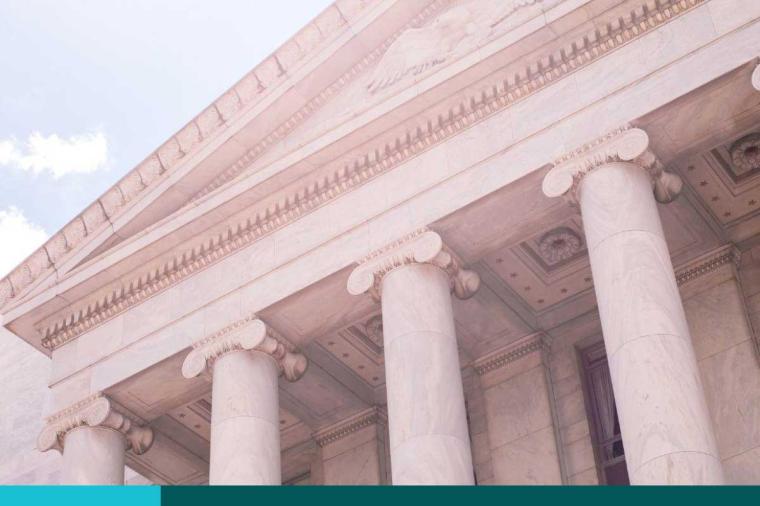Technically News: New Federal CISO, Migration to the Cloud, and Cybersecurity Precautions
Technically News scans thousands of industry articles to present you with a weekly source of IT news, information, and ideas that impact the public sector.
What agency security chiefs want from the federal CISO
What do agency security officers want from the federal CISO? They want an advocate – someone to listen to and collaborate with them. With the new head CISO coming on board, many agency CISOs are excited to have a voice and guide, considering all the recent cybersecurity requirements that are being demanded. Similar to the CIO and Privacy councils, a long term want from agency CISOs is to have their own council to discuss ideas and turn them into action. To learn more about the new role of the federal CISO, read FCW’s article.
NOAA Is Hosting More Weather Data in the Cloud
The National Oceanic and Atmospheric Administration (NOAA) is seeing big returns from their Big Data Project, launched last year. By transferring large data sets to the cloud, they are able to reduce stress on legacy archive systems, which until recently were hosting data dating back to 1991. By moving to the cloud, with assistance from Amazon Web Services, NOAA has seen dramatic improvements in both their models and time to market. For more information about NOAA’s migration to the cloud, check out NextGov’s article.
Is Your State Prepared for a Cyberattack on Top of a Natural Disaster?
The National Association of State Chief Information Officers (NASIO) recently released a cyberattack guide for state governments to use when preparing for an attack. Key takeaways? Establish a cyber-leadership structure, assess state documents that could be at risk and establish a communication contingency. Cyber disruption, meaning an attack that causes a disaster or is launched in conjunction with a natural disaster, can affect emergency response communication and is extremely important to plan for. However, many states are hindered by tight IT budgets and the speed at which new threats pop up. To learn how your state can better prepare for cyberattacks and disruptions, read more from Route Fifty.
Federal Cybersecurity by the Numbers: The Biggest Spenders and the Biggest Threats
Reported cybersecurity threats have nearly doubled within the federal government since 2011. This could be because agencies are able to better identify a malicious threat, but it’s obvious that cyber threats are increasing as well. The Federal Information Security Modernization Act (FISMA) published their annual scorecard recently, which grades each agency on their security measures. Good news – agencies have made progress when it comes to patching active critical vulnerabilities. Bad news – the majority of agencies did not get a passing grade this year because of stricter requirements. The low scores show that though most agencies have continuous diagnostics and monitoring (CDM) programs in place, the programs themselves aren’t effective. For the full scorecards, you can reference NextGov’s synopsis.

































